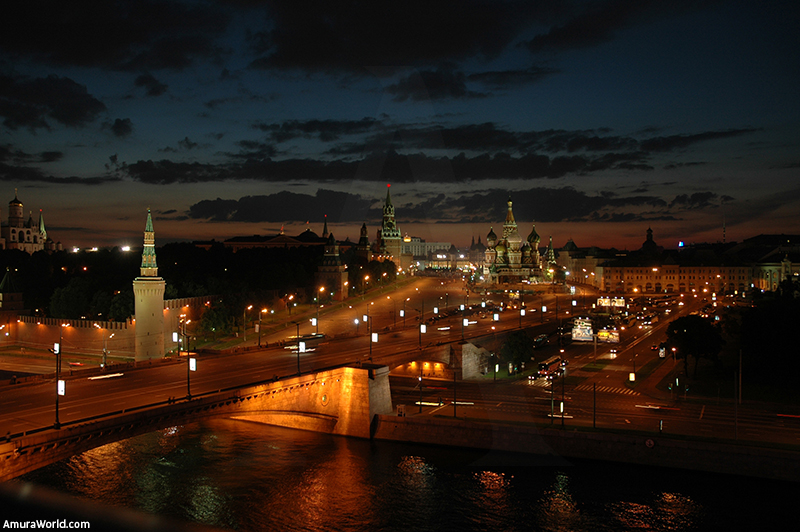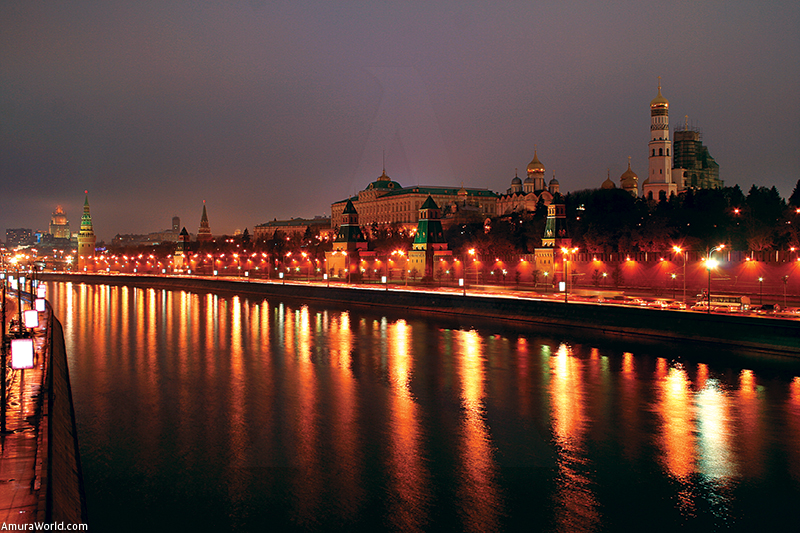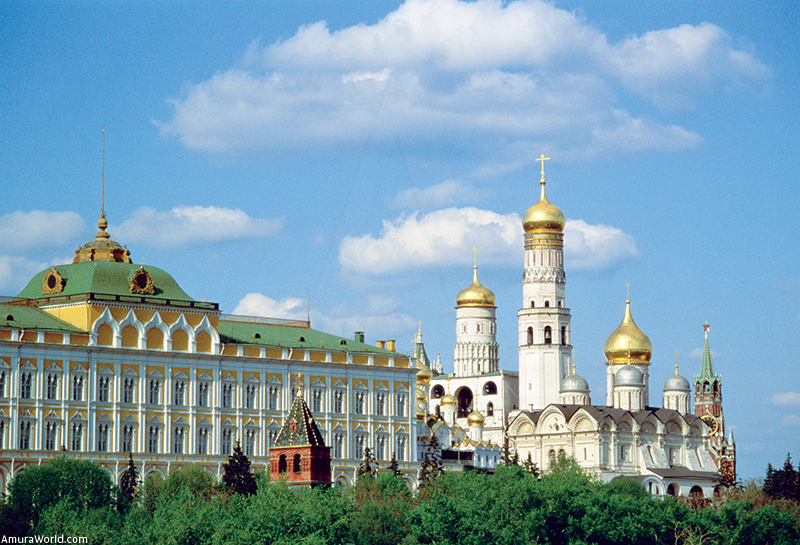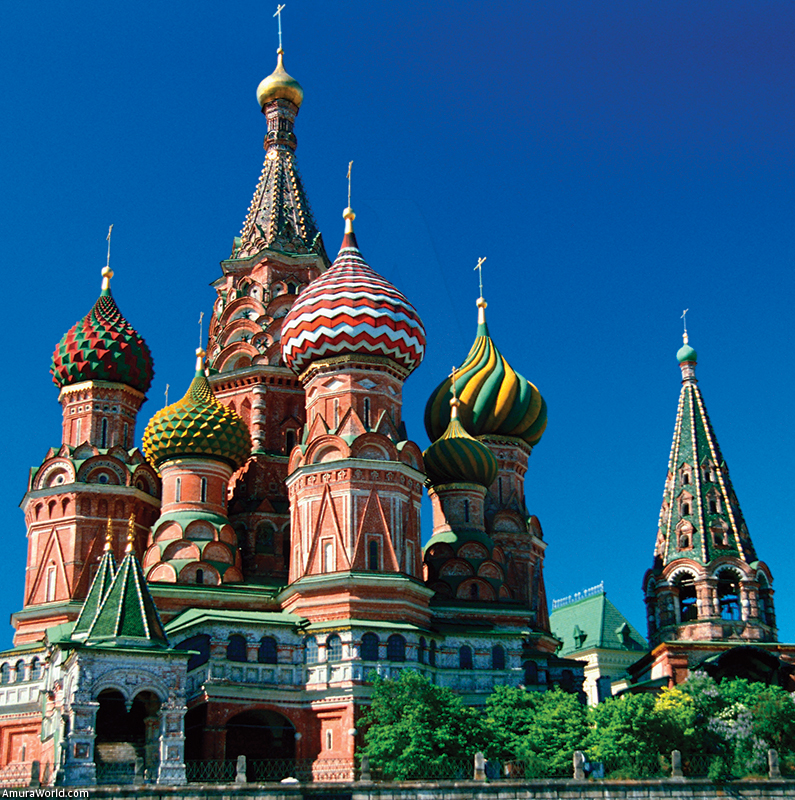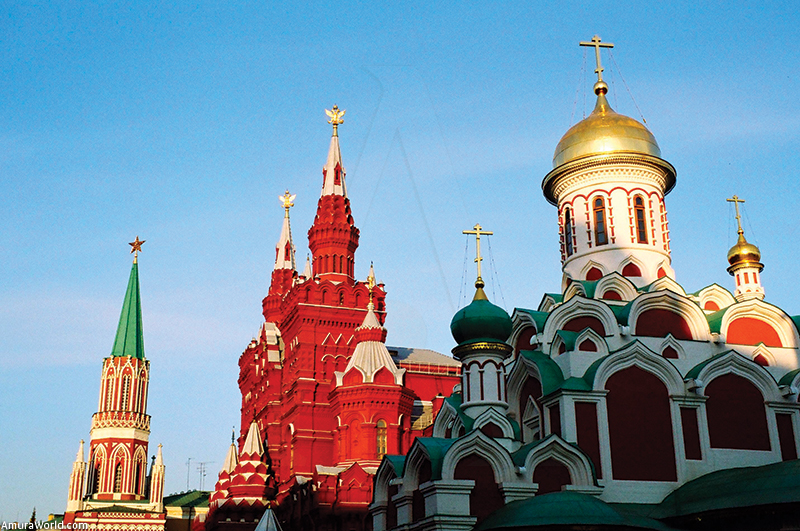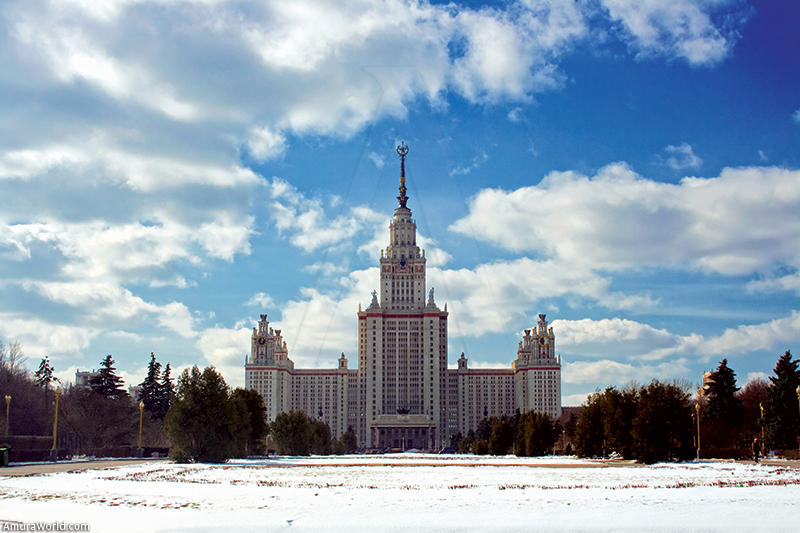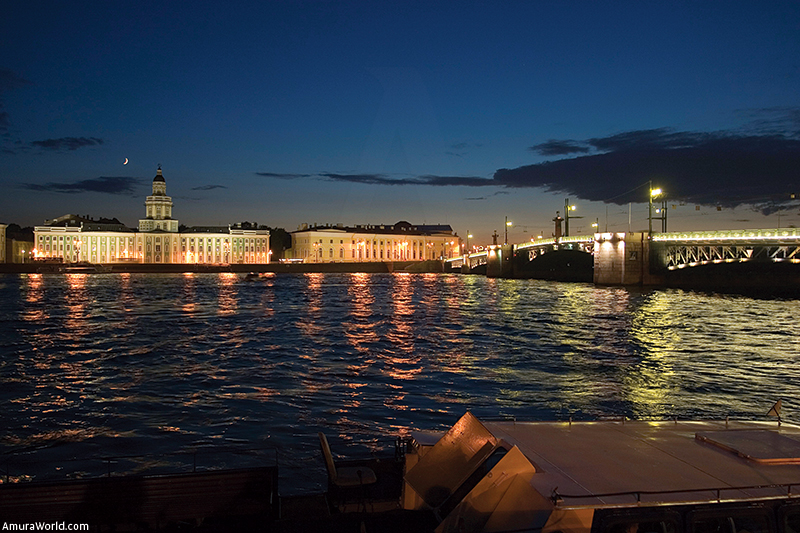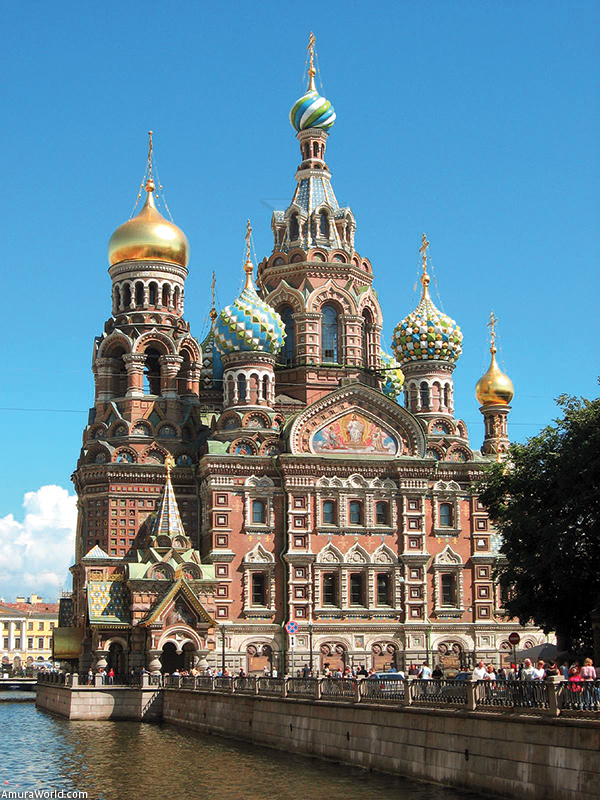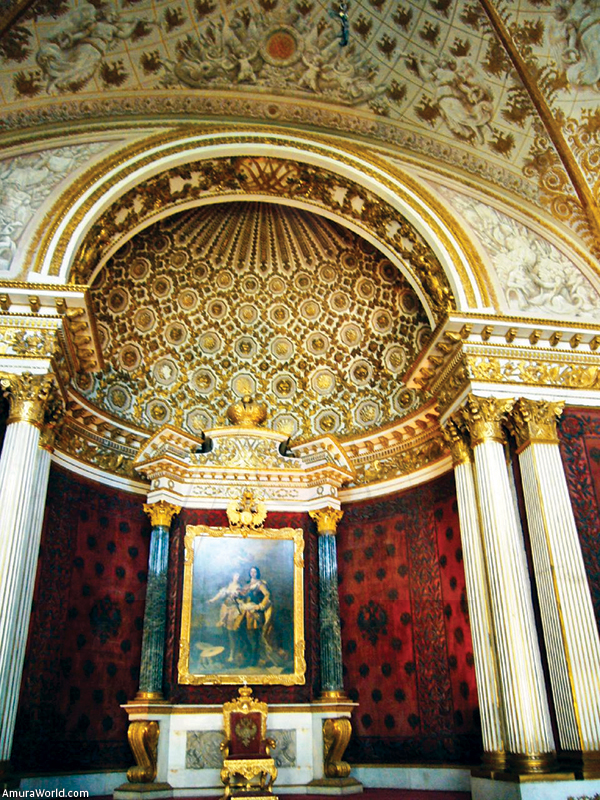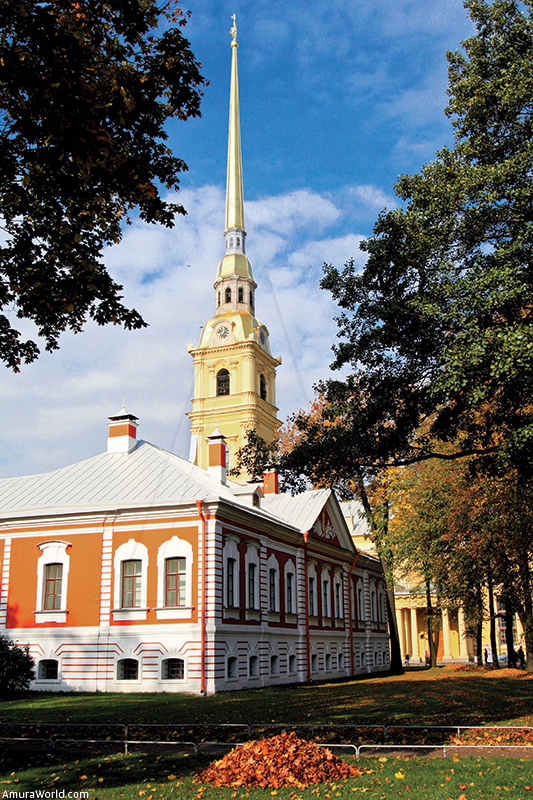The Enduring Past
Moscow
There are those who love Moscow, and those who hate it. The reason is simple; it is about a city of intense contrasts. Moscow is a micro-cosmos of the modern Russia and of all that it represents: at the same time gloomy and beautiful, hedonist and devote. For two consecutive years it has been recognized with the undesirable title of the most expensive city of the world and, however, most of the Muscovites find the level of life of the high stratums of the totally unattainable capital city. Extravagance is the best word to describe the luxurious hobbies that abound in this city. On the other hand, some of its buildings are among the most beautiful worldwide, such as the Cathedral of Saint Basil. For all this, who visits Moscow has an unforgettable experience.
History
From its beginnings, the actual capital has a dramatic history and filled of events. The first of these was the invasion for the Horde of Gold, one of the states derived from the great Mongolian Empire. In 1237, the Slavic principalities, among which the city of Moscow was, they were attacked by the Horde, an army of nomad warriors under the command of Batty Kan, grandchild of Genghis Kan. It was only until the XVth century that Moscow was able to become independent from the invaders for ever.
The city lived better times under the reign of Ivan III, also known as Ivan the Great. During these years, the Russian territory extended from Novgorod in the north, to Tula in the south and the Urals in the east, and Moscow already was the political center of the raising Empire. To commemorate the expansion of its territory, Ivan III turned to Italian architects to built cathedrals and renovates the base of its reign, that since then it was located in the Kremlin.
Since its foundation the city kept its capital status until in 1714 the Emperor Peter I of Russia decided to move the seat of the state to Saint Petersburg. Later on, the city was the center of conflict during the beginnings of the XIXth century, when the Patriotic Wars against Napoleon caused great damages. The capital returned to Moscow in 1918 with the communists, after the revolution and the expulsion of the monarchy. At the end of the Second World War, the city needed a time to recover from the wounds caused by the German attacks.
In 1980 Moscow was the venue of the Olympic Games and seized the opportunity to declare the Soviet superiority. The process of democratization started in 1991, after the dissolution of the Soviet Union and, since then, the democratic elections have been part of the political progress.
Kremlin
Located in the heart of the capital, the Kremlin is one of the greatest museums of the world. It is about a group of buildings from several periods, al of them concentrated in an area surrounded by very tall walls. The Kremlin is practically a city by itself, with numerous cathedrals, palaces and buildings. Since the foundation of the city, which original extension was limited precisely to this territory, the Kremlin has been a witness of many fundamental events within the Russian history.
It is possible to spend a whole day in the Kremlin. After visiting its numerous cathedrals, a visit to the famous Armory Museum results a real delight. This building was originally a warehouse to keep the weapons of the Russian state since the XVIth century, hence its actual name. How ever, with the time, the Armory turned into a warehouse of all kind of treasures of the imperial court. In 1813, the building turned into a museum. The treasures that it houses are impressive: a collection of over fifty Faberge Eggs, invaluable works of art and, remarkably, a collection of imperial carriages original that occupies one floor completely.
Inside the Armory building is also found the exhibition of the Kremlin Diamonds (it is necessary to buy a ticket for this exhibition separately), in which the visitors may admire the famous Orlov diamond of 190 carats.
When you are in Moscow it is indispensable to visit the Kremlin, even when it means to wait in long lines and to overcome the barriers of the Russian bureaucracy. One of the best ways to visit the Kremlin is with an experimented local guide, this will only not help you to acknowledge interesting data about the group, but it will allow you to stand less time in line and overcome the language barriers.
Cathedral of Saint Basil
This building is without a doubt the most famous of the city and one of the most beautiful in the world. Contemplating it is possible to understand why many people say that no image makes justice to its beauty. The Cathedral was built by the orders of Ivan the Terrible between 1555 and 1561. The legend tells that once it was finished, the Czar ordered to blind the architect, Postnik Yakovlev, to make sure that he would never ever create some other building that could rival with its beauty.
The building is a group of towers and spherical structures typical of the Russian architecture. The combination of colors and figures is translated in a unique building. The extravagant exterior appearance of the Cathedral hides an interior with decorations much more simple: small chapels and large corridors. How ever, it is worth to enter.
The history of the Cathedral is as special as its appearance, being saved of being destroyed in several occasions. The first time that the church was threatened was during the Napoleonic invasion. It is said that Napoleon was so fascinated with the construction that he insisted in taking it to Paris with him. When he realized that his wishes would not be fulfilled, he ordered the destruction of the building. The French placed explosives to destroy it, but a sudden rain, miraculously put out the streaks of the explosives before they could cause any harm.
At the beginning of the XXth century, the Cathedral was on the point of being destroyed again. In two occasions the communist authorities considered knocking down the building to have more space in the Red Square for the military parades. Fortunately, these initiatives neither were fruitful.
The Red Square
With its 695 meters long and 130 meters wide, this is the third biggest square in the world. In it there are several interesting places and important monuments, including the Cathedral of Saint Basil.
One of the most representative places of the square is the Mausoleum of Lenin. After his sudden death of a brain stroke, the communist leaders decided to place Lenin’s corpse in the Red Square so the thousands of citizens saddened for his death could pay him their respect. When they realized that the corpse attracted large quantities of visitors in a short time, some politicians saw the opportunity to enhance their image before the people and decided to build a mausoleum for the hero of the revolution. In 1924 was built the Mausoleum of Lenin next to the walls of the Kremlin. Here rest his mortal remains embalmed. The Mausoleum is open to the public in the mornings.
The building that covers practically all the east side of the Red Square is the State Store (GUM for its abbreviation in Russian). The construction of neo-Russian style was started in 1890 and finished in 1893 by the architect Alexander Pomerantsev. Its appearance retakes interesting elements of the medieval ecclesiastic Russian architecture and counts with an elegant glass roof mounted in a steel structure like the style of the train stations in London and Paris. During the end of the XIXth century and beginning of the XXth century, this elegant store was one of the most important markets in Moscow.
After the Revolution of 1917, the store was nationalized, receiving the name that it has until today. The commercial activities continued until 1928 when one Stalin’s committees decided to use the building as an office.
Now days, the GUM is a shopping mall that counts with shops of the most exclusive brands worldwide level. Here is possible to experiment the extravagant side of Moscow, with luxurious goods and fancy restaurants. All of this steps away of the Red Square.
Tretyakov Gallery
This gallery houses one of the most extended and famous collections of Russian art in the world. A great part of its collection was donated by Pavel Tretyakov (1832-98), a well-known businessman that dedicated his life to the preservation of the art of his country.
Together with his private collection of more than 2,000 pieces, Tretyakov donated also his house and the adjoining buildings which turned into the venue of the gallery. The construction was redesigned by the well-known Russian artist Viktor Vasnetsov in a neo-Russian style.
The gallery is still located in this construction. Among its collection it stands out: a special exhibition of icons, portraits of the XVIIIth century, realist pieces of the XIXth century, Symbolist works of art, avant-garde and a collection of Soviet art from 1930 to 1980.
The Cathedral of the Savior Christ
This Cathedral is a vivid reflex of the ups and downs in the history of the Russian people. The actual building, with its golden domes traditional Russian style onion shape, was built recently during the decade of the nineties. It is about the reconstruction of the original temple that opened to the public in 1883, after being forty-four years in construction. Under the soviet government, the church was blown-down in 1931 by Stalin’s orders to give place to the construction of the supreme monument of the socialist state, The Palace of the Soviets.
Since 1939 and until 1941 the foundations of the main part of the Palace of the Soviets were installed. But with the arrival of the war against the Nazi Germany in 1941 all the works were stopped and the monument never was materialized for several reasons. During the sixties a public pool was built in that place.
The reconstruction of the temple started in 1994 with the support of the President Boris Yeltsin. The project was originally proposed by a public organization. The reconstruction was in charge of the Russian architect Posokhin. His team carried out a complex task based on what remained of the original project: sketches, measurements and photographs.
The State University of Moscow
Located in the Hills of Vorobyovy Gory, the main buil-
ding of the university is one of the most mysterious and majestic constructions of the city. As many other buildings in Moscow, its history is also mixed with tragic events. The work of Gothic style, Neoclassic was commissioned by Stalin along with other 6 buildings denominated The Seven Sisters between 1949 and 1953. To carry out the job the work of thousands of people was required that had to construct the building in a rush during a period of four years. The university building is the highest of the Seven Sisters. Its style, as well as the other 6 buildings, is very special.
The metro of Moscow
The subway stations of Moscow have been called the People’s Palaces thanks to the elegant materials and designs that were used for its construction: from large pieces of marble to candelabras.
One of the most interesting stations is Kropotkinskaya (known until 1957 as “The Palace of the Soviets”). This station is a part of the first line of the metro inaugurated in 1935 and was designed by the architect Dushkin. The marble columns and walls were taken from the old Cathedral of the Savior Christ that the soviets pulled down.
Weather
The weather in Moscow is extreme. If you visit during the winter months, you will stop asking why the Russians have the tradition of wearing fur coats. With the snow covering the ground from November to March, prepare for temperatures that reach the -15 °C.
During the months of summer is when most of the tourists decide to visit. The months of July and August are the warmer and the most damp, but suitable to visit. June and September are also good months to visit. Moreover there are fewer tourists in this season, the climate is warmer.
Saint Petersburg
Founded in 1703 by the Czar Peter the Great, San Petersburg is a very young city compared with the great cities of Russia and Europe. In spite of it’s relatively short time of life, this city turned into one of the most significant ones of Europe. The entire city is practically formed by a great number of palaces and excellent examples of the baroque and neoclassic architecture.
The Church of the Savior of the Shed Blood
Built by the order of Alexander III between 1883 and 1907 in the same place where the Czar Alexander II was murdered, this beautiful church is one of the main attractions of Saint Petersburg. The construction was planned imitating the style of the ancient Russian churches of the XVIth – XVIIth centuries.
The interior and exterior decoration of the church is made with beautiful mosaics. Its design was in charge of well-known Russian artists, such as Vasnetsov, Nesterov and Vrubel.
The church was closed during the decade of the thirties, when the Bolsheviks, in their intent to eliminate the religion, destroyed a number of churches throughout the country. After the fall of the soviet regimen, it was in restoration for more tan thirty years until in 1997 it was opened again.
The Hermitage Museum
This museum is an obliged visit when you are in Saint Petersburg. It is one of the largest, complete and famous museums of the world. The main building of the museum is the ancient Palace of Winter baroque style, built between 1754 and 1762 for the Empress Elizabeth, daughter of the city founder, Peter the Great. In spite of the original plans, was Katherine the Great who really lived in the palace because Elizabeth died before it was finished.
After assuming the throne by means of a coup against her husband, Katherine the Great established her residence in the Palace of Winter. The interest of the Empress fro the art materialized in her constant search for acquiring great pieces. The museum was founded in 1764 when Katherine acquired 255 paintings of great masters in the city of Berlin.
Nowadays, the collection of the museum is formed for more than three millions of pieces from works of the ancient Egypt to art from the XXth century. Among the innumerable pieces in this museum the paintings of Leonardo da Vinci, Miguel Angelo, Rafael, Tiziano, Rembrandt, and Rubens, many French Impressionists such as Renoir, Monet, Cézanne, as well as works of Van Gogh, Matisse, and Gauguin and Picasso standout. The collection is so vast that it’s said that to admire each one of them for one minute you would need eleven years.
The fortress of Peter and Paul
This construction encloses a great part of the city’s history. When Peter the Great grabbed this territory from the Swedish control in 1703, he decided to build a fortress in the banks of the Neva River to protect from possible attacks. It was the first edification that Peter the Great built on a small bogged island.
Within the fortress there is the Cathedral of Saint Peter and Saint Paul, the oldest in the city. Here are the tombs of the monarchs of the Romanov dynasty. In 1998 Nicholas II with his family were buried in the cathedral, executed in Ekaterinburg in 1918.
Cathedral of Kazan
Nevsky Prospekt, the main artery of the city, takes to the main attractions, including the Cathedral of the Lady of Kazan. Built between 1801 and 1811 by the architect Andrei Voronikhin, this building is one of the most interesting of the city.
Cathedral of Smolny
Peter the Great built this church to turn it into the principal complex of a monastery intended to be the home of his daughter Elizabeth, after she express her wish to renounce the throne and become a nun. Further on, Elizabeth desisted and preferred to inherit the throne after all.
The cathedral is a sumptuous example of the work realized by the Italian master Rastrelli, who also created The Winter Palace in Saint Petersburg, the Grand Palace in Peterhof, and the Great Palace in Pushkin, both located in the outskirts of Saint Petersburg. The baroque style of the building is preserved only in its exterior since the interior was finished years later in the neoclassic style by Vasily Stasov.
Weather
In spite of Saint Petersburg is a Nordic city, its weather is very warm and damp, between maritime and continental. The annual average temperature is of 50C. The coldest month is February (average temperature - 7 °C), the hottest is July (average temperature 17.7 °C). The summer is a good season to visit, although you must not forget to carry an insect repellent, because in these months there is plentiful of mosquitoes.
Currency
The Russian currency is the ruble; it is divided in 100 kopeks. There are bills of 5, 10, 50, 100, 500 y 1000 rubles, being the most common the ones of 10, 50 y 100 rubles. In coins there are emissions of 1, 2, 5 and 10 rubles and of 1, 5, 10 y 50 kopeks. One Mexican peso is equivalent to 2.27 rubles.
How to get there
One of the best ways to get there from Mexico is flying by Air France directly to Paris, continuing in a direct flight to Moscow. From Moscow is possible to take a round flight to Saint Petersburg with Aeroflot, which lasts approximately 1 hour and 30 minutes, or else, to take the train that travels during the night and takes approximately eight hours to get to Saint Petersburg.
Documentation
It is a requirement to have a visa for Russia. To obtain the visa, the consulate requires a “confirmation of reception of foreign tourist”, processed by a touristic operator in Russia, and a passport with at least 2 free pages of stamps or visas and minimum validity of 6 months from the date of your return from Russia.
Text: Kundaini Muñoz ± Photo: Getty Image, Kempinski Hotels, Digital Stock, Flickr.com.


